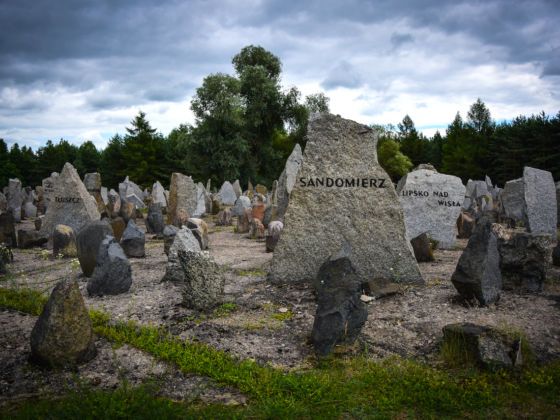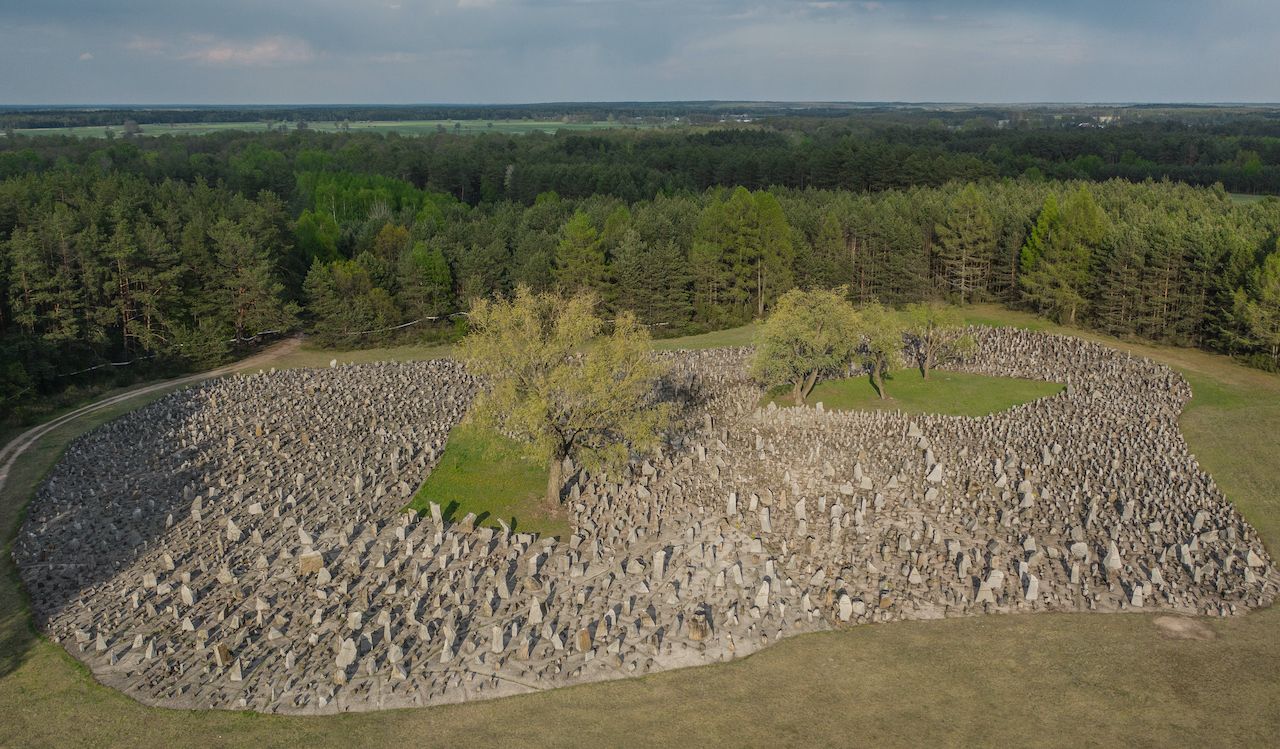“You still want to go to that concentration camp?” my friend asked me as we crossed into Poland from Lithuania. It was the eighth day of our road trip through the Baltics, we were embarrassingly hungover, and I could tell from his tired tone what he hoped the answer would be.
From the outset of the trip, when I first raised the idea of going to Treblinka, I knew he wasn’t terribly enthused. I couldn’t blame him. To a non-Jew, the prospect of spending a sunny June afternoon walking around a cemetery, where one of the greatest atrocities in human history took place, isn’t exactly appealing.

